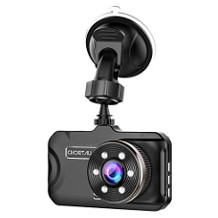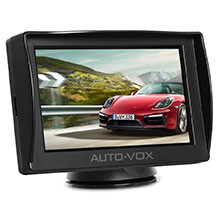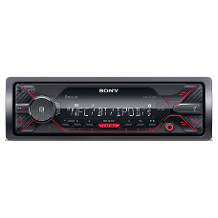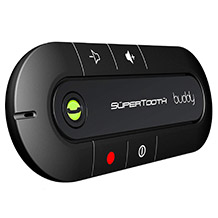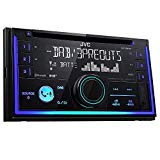Motorcycle intercom purchasing advice: how to choose the right product
- The most important things in a nutshell
- A motorbike headset allows you to talk comfortably to your passenger or other motorcyclists while riding.
- Many models are suitable for listening to music or the radio, transmitting instructions from the navigation system or making phone calls.
- The number of people who can communicate via the motorbike intercom usually varies between 2 and 16.
- The ranges that the radio system can bridge also vary between a few hundred metres and about two kilometres, depending on the model.
- For conversations with the passenger, an entry-level headset with few functions is sufficient.
Communication on two wheels
Whether it’s a break, refuelling or a sight discovered off the route: on a motorbike tour, there are often situations in which bikers want to communicate. However, communication during the ride can be difficult: not only the helmet muffles what is said, but also the wind, the weather conditions, the noise of one’s own two-wheeler and the noise of other road users mean that one shouts something to the passenger or another biker, but only half of it gets through. Likewise, the answer causes problems so that you have to ask again.
Of necessity, communication often takes place with hands and feet – with more or less unambiguous results. A remedy is a communication system for the motorbike. Such a motorbike headset usually consists of a transmitter and receiver unit that is mounted on the side of the helmet. From here, a wired boom microphone goes out, which is placed in front of the mouth.
The following YouTube video from the motorbike outfitter Louis shows how a motorbike headset is attached to the helmet.
Are listening to music and communicating allowed while riding a motorbike?
In general, the use of headphones for communicating and listening to music is permitted on a motorbike. As in the car, however, you should set the volume so that you can hear the siren and warning horn. Failure to do so may result in you being partially at fault in the event of an accident, and the insurance company may also reduce benefits. Shell and in-ear headphones are particularly isolating from the outside world. Therefore, opt for more open systems such as surface-mounted speakers or half-in-ear headphones that let ambient noise through.
What is possible with intercom systems
The basic function of a motorbike intercom system is voice communication with other motorcyclists. This can be the pillion passenger riding on your own motorbike, but also bikers up to two kilometres away.
In addition, the small communication aids serve as entertainment: many models have an integrated radio tuner. This is usually an FM receiver, but in future DAB+ receivers will be increasingly used. Some models also have an MP3 function on board. You can load your favourite songs onto the headset and enjoy music during the tour.
In addition, most motorbike headsets can be paired with a smartphone via Bluetooth. This is practical for several reasons: The most obvious benefit is that you can make phone calls while riding your motorbike. You remain reachable and can make arrangements while on the road without having to park your motorcycle and take off your helmet.
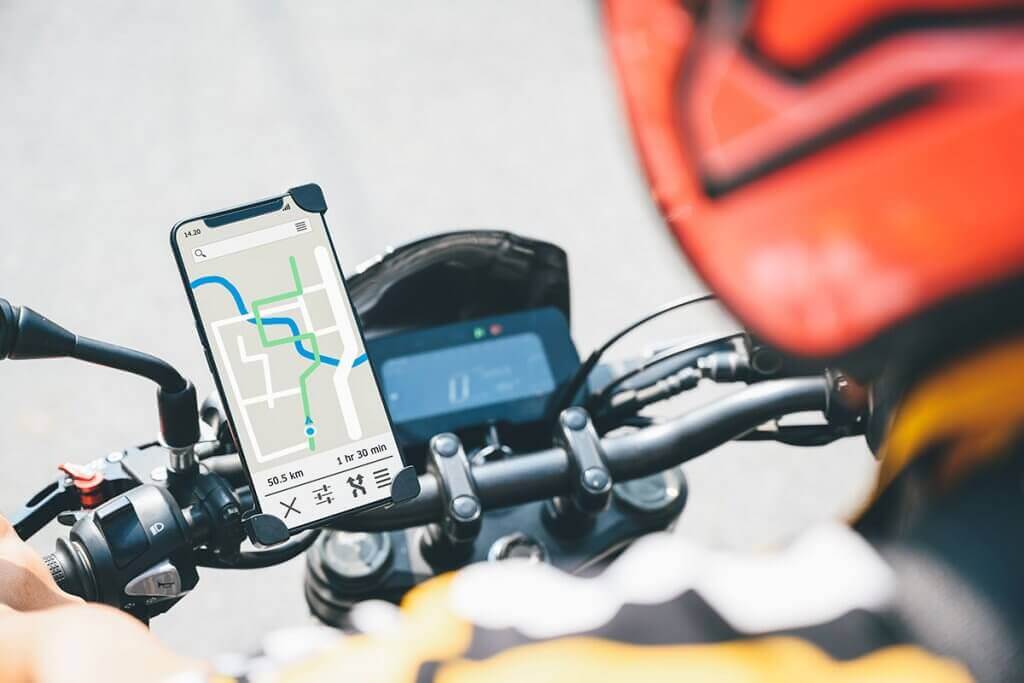
However, a smartphone connection has even more advantages: If you use navigation applications such as Google Maps while riding, the route instructions can be conveniently transferred to the helmet. Provided you have attached the smartphone to the handlebars, you don’t have to limit yourself to the visual route description. The voice instructions help you to stay on the desired route. In addition, content such as music files, radio, even internet radio stations from around the world or podcasts can be streamed.
Last but not least, many classic navigation devices offer pairing via Bluetooth. The voice output of these route finders can also be transmitted conveniently and wirelessly to the helmet in this way.
Smartphone operation while driving is taboo
As with driving a car, the following applies: the smartphone must not be operated with the hands while driving. The situation is different with voice control. However, remember that prolonged viewing of the display is a distraction that should not be underestimated and is therefore a source of danger.
What matters when buying
When buying a motorbike intercom, there are some technical differences to consider. For example, the maximum transmission range of the radio system, the Bluetooth version or the battery life can be decisive. They can be mounted on all types of helmets. However, communication can be more difficult with an open helmet type – such as a jet or cross helmet – than with a closed full-face helmet.
Radio range
The range of the device determines how far apart bikers can be before the radio connection is lost. This is important both when riding in convoys on country roads, where the group is already separated at a junction or red light, and when riding on the motorway, where the group is temporarily out of sight. The manufacturers’ range specifications are a few hundred to 2,000 metres.
In practice, it turns out that the maximum values only apply when visibility is clear. Mountains, tunnels, residential buildings, other road users and adverse weather conditions can shorten the range or reduce the transmission quality for a short time.
Compatibility
The compatibility of a motorbike communication system is particularly important if you often go on tours with different people or in large groups. Whereas a few years ago you could only communicate with people who owned a motorbike radio from the same manufacturer, there are now many models that work across manufacturers. This means you can communicate with anyone within radio range who has selected the same frequency as you. When buying, look for a corresponding manufacturer’s specification.
Number of channels
When the temperatures rise in spring and the hours of sunshine increase, many bikers are drawn to the slopes. Especially on weekends, it can get quite crowded.
This applies not only to the hot stoves on the road, but also to the participants on the radio frequencies: Many bikers cause a high occupancy of the individual channels, so that third parties may overhear the conversation or block the channel by speaking themselves. In these cases, it is an advantage if the biker group can change channels and continue the conversation on a less frequented wave.
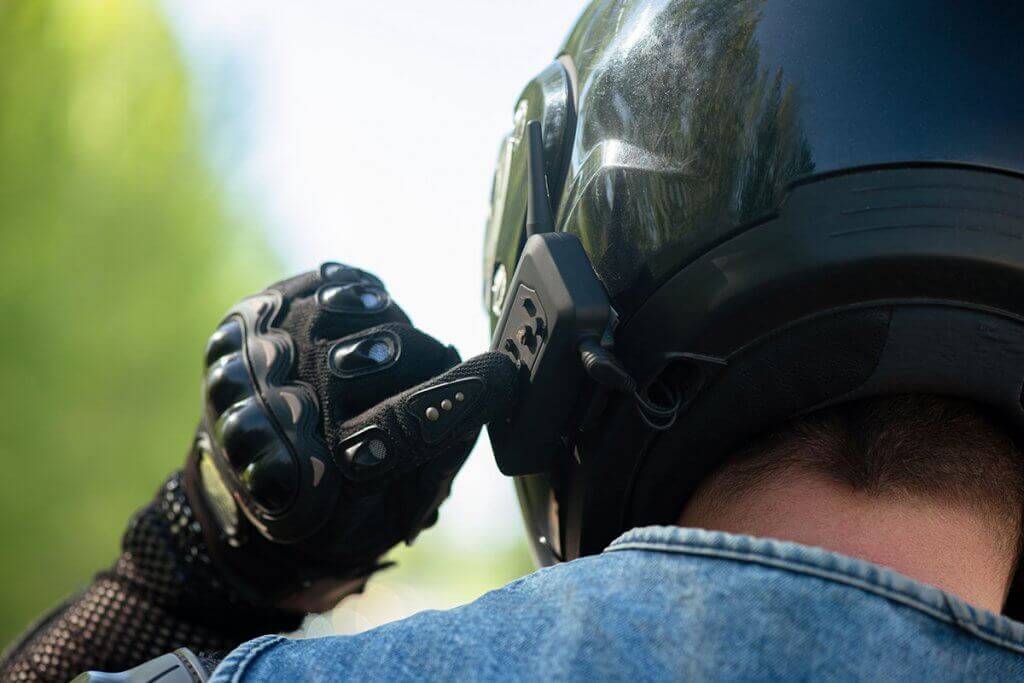
Number of participants in the conversation
Motorbike intercoms also differ in how many people can take part in a conversation. In some cases, they do not simply transmit and receive freely in one channel like a walkie-talkie, but must be coupled together. The number of headsets that can be paired is then usually between two and eight, rarely up to sixteen.
Noise suppression
Noise suppression is of particular importance when riding a motorbike. The engine noise and the airstream alone would cause the microphone of an ordinary radio to permanently transmit this noise. The result would be an incomprehensible constant buzzing in the ear. Modern motorbike headsets only transmit when people are talking. In addition, annoying background noise is reliably filtered out. A well-insulated helmet also ensures good call quality.
Battery life
The average battery life of motorbike headsets is 8 to 13 hours. This is how long you can communicate with each other, talk on the phone with your smartphone or be entertained while cruising. Then the headsets need to be plugged in for a few hours to charge before it’s time to hit the road again.
The charging process itself often takes place via micro-USB cable – these are the charging cables from older smartphones. The runtime is influenced, among other things, by how often the devices remain in standby and how much talking or playback is done.
Control
Since concentrating on the road and the prevailing traffic situation is the top priority when driving, the systems should be contactless controllable. The manufacturer Sena, for example, makes it possible to handle the entire control on the road via voice commands. Similar to the voice assistant Siri introduced by Apple, many systems from this manufacturer listen to the call “Hey Sena”. In this way, the driver can switch between communication, navigation and entertainment functions without having to take his hand off the handlebar or being too distracted.
Optionally, the manufacturer offers remote control options on some models. Many settings can also be made at the touch of a button, but this is sometimes not so easy when wearing gloves. Some models can even be operated by tapping or swiping gestures on the housing.
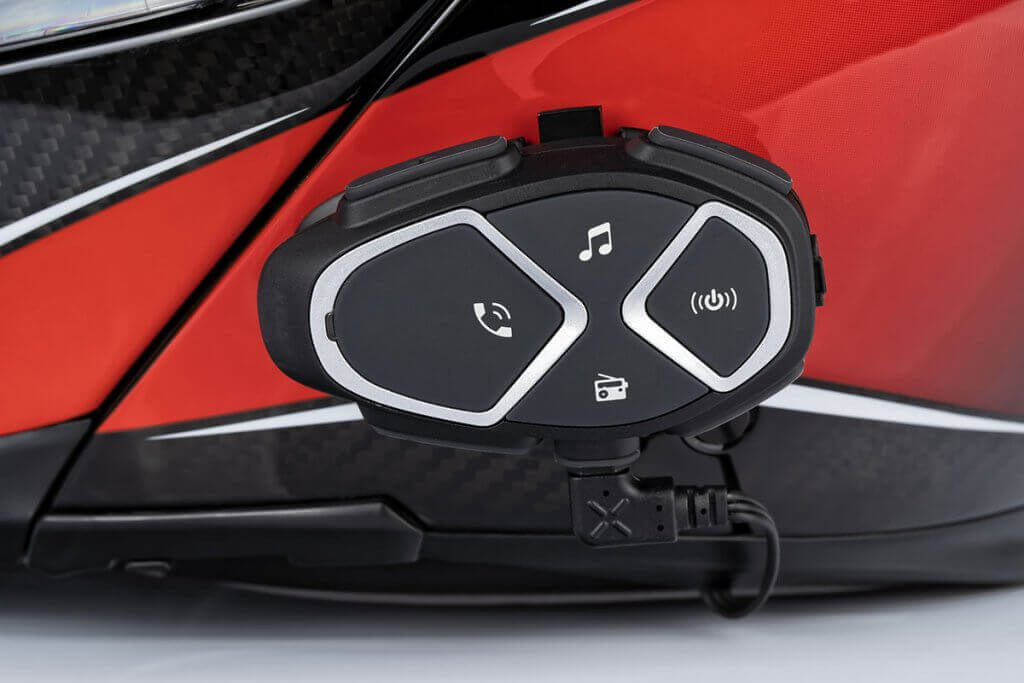
Water- and dust-tightness
Since the motorbike intercom is constantly exposed to the weather while riding, the devices should not be affected by dust and sand in the airstream or moisture from rain. When buying, look for a so-called IP certification, which indicates the degree of protection against the effects of dust and water. Some manufacturers also do without a concrete IP certification. Instead, they state, for example, that driving wind and rain showers cannot harm the radio. As a rule, the headsets survive these influences without any problems.
Apps
Apps for iPhones and Android smartphones offer the possibility of making settings easily. Thanks to the Bluetooth connection, there is no need to connect to a computer with a USB cable.
However, some manufacturer apps have much more functionality: For example, Sena’s RideConnected app allows you to talk to an almost unlimited number of riders with no range limit as long as you are connected to a mobile network. Bear in mind that data volume is consumed for this type of communication.
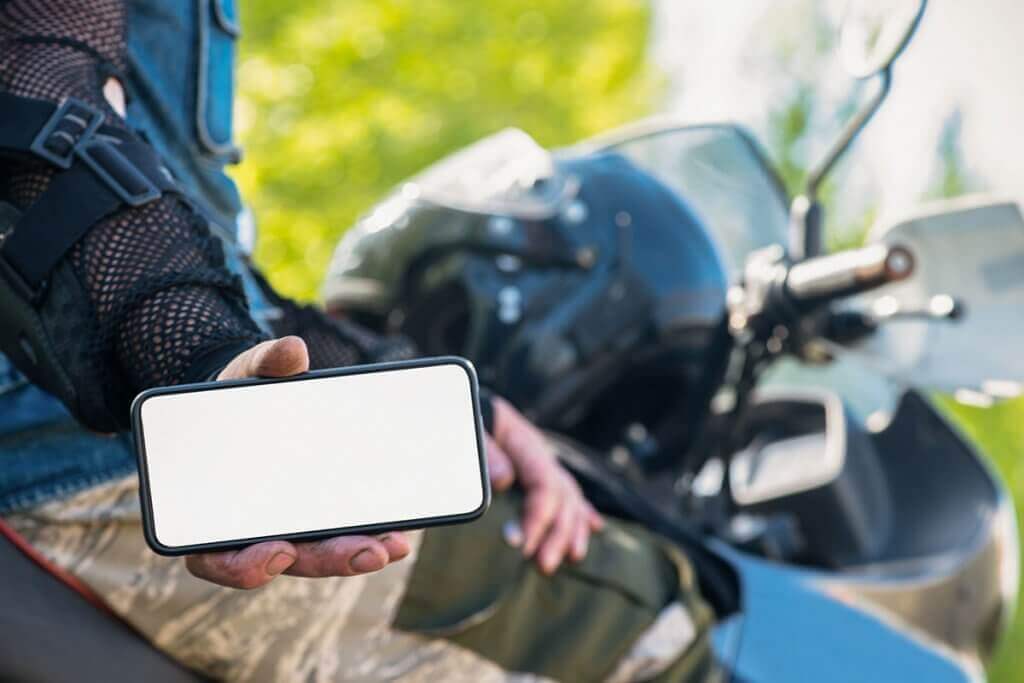
Dimensions and weight
The individual motorbike intercom systems do not differ greatly in their dimensions: As a rule, they are boxes measuring about 10 x 5 x 3 centimetres, which are attached to the side of the helmet. From there, the earphones and the microphone are led into or onto the helmet by means of a cable. In these dimensions, very few users find the devices annoying.
Weight is also important for wearing comfort: the transmitter and receiver unit is not only the largest part of the motorbike headset, but also the heaviest with its integrated battery. However, with a weight of just 60 to 200 grams on one side of the helmet, it does not disturb the balance or the neck muscles. On the other hand, a significantly higher dead weight, which is the case with some supposed bargains, has a negative effect on wearing comfort.
Earbuds as an alternative to motorbike headsets
Wireless Bluetooth headphones, which are already used in everyday life by many smartphone users, can be seen as a simple alternative to motorbike headsets. However, their application possibilities are very limited here. Although bikers can use them to listen to music and have the instructions of a navigation system transmitted to their ears, in terms of communication, only telephoning via the mobile phone network is possible.
In addition, there is no noise suppression, so that driving and wind noise can become an annoyance for the person you are talking to. Many of these headphones also isolate the user too much from his environment, so that using them on a motorbike can be dangerous. Therefore, the use of in-ear headphones could even lead to problems during a police check. If you ride your motorbike regularly and want the functions listed above, it is well worth investing in a motorbike headset.
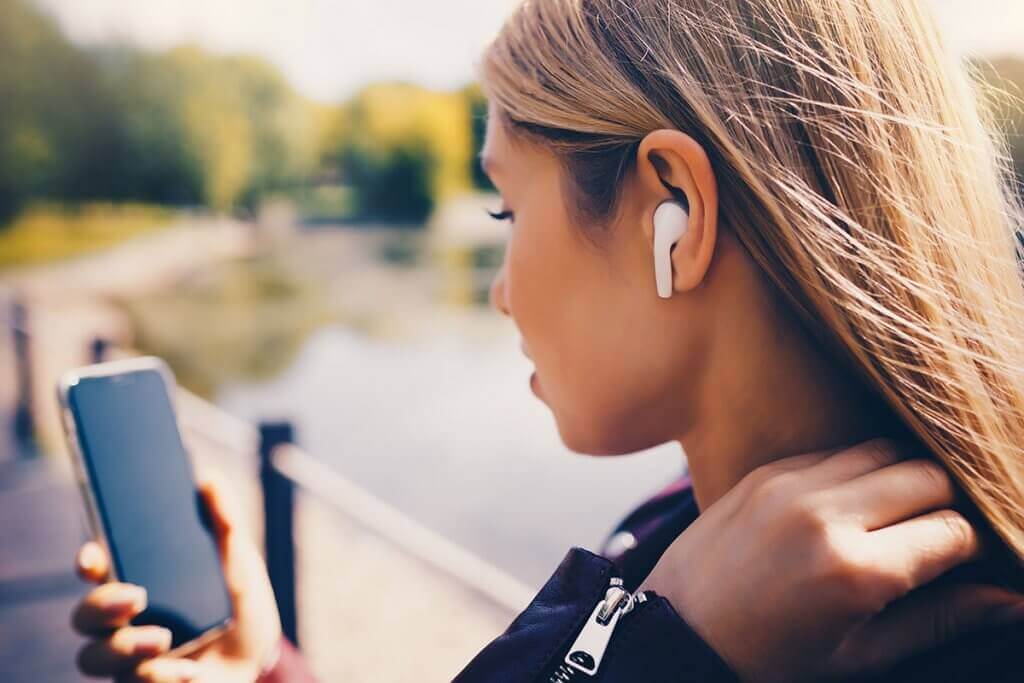

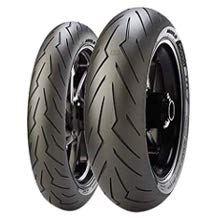
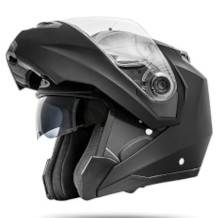
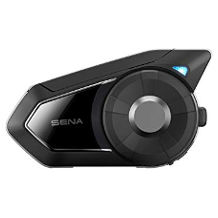
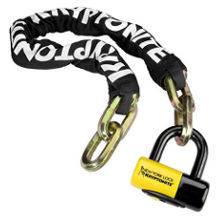
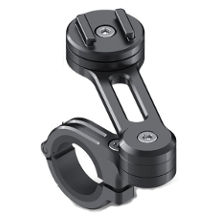

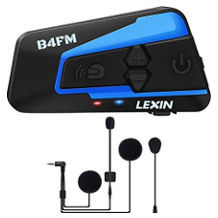
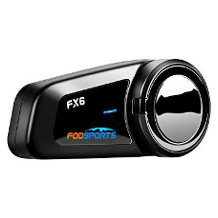
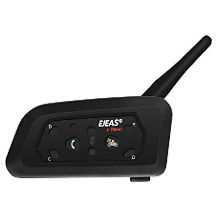
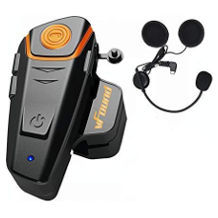
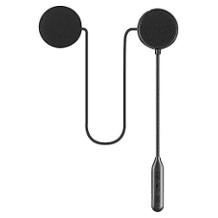
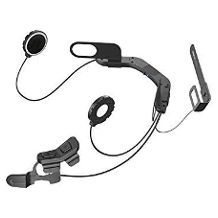
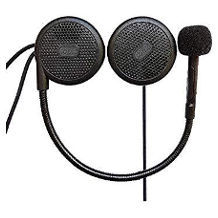

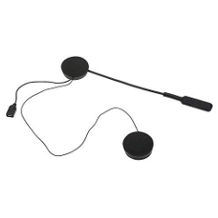
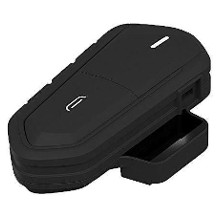

 1,916 reviews
1,916 reviews


